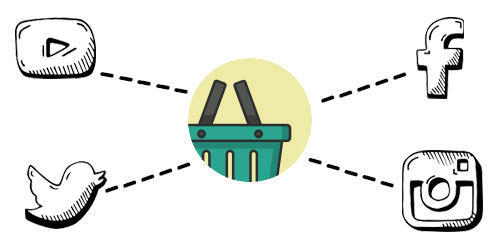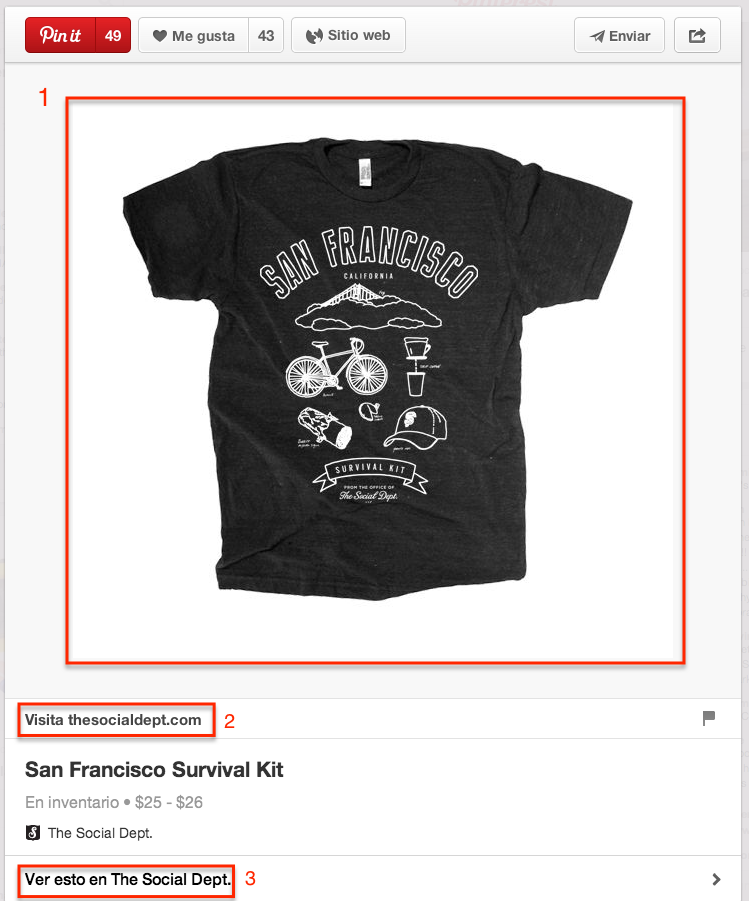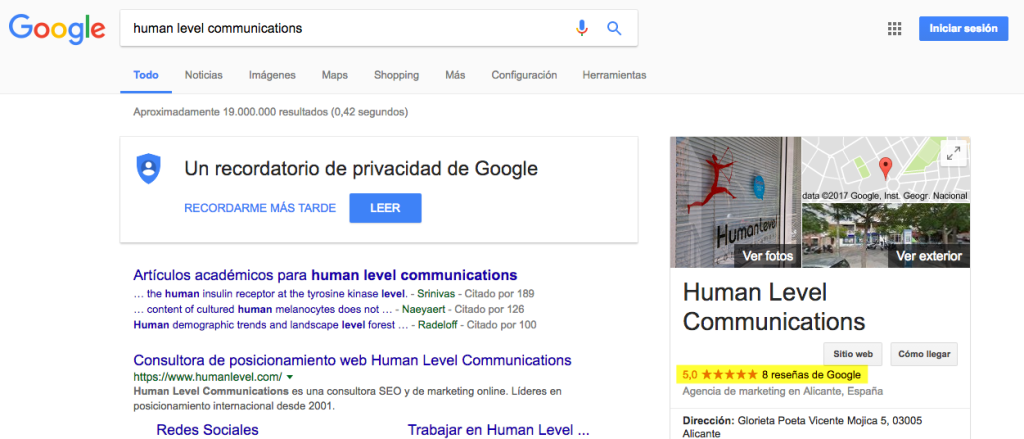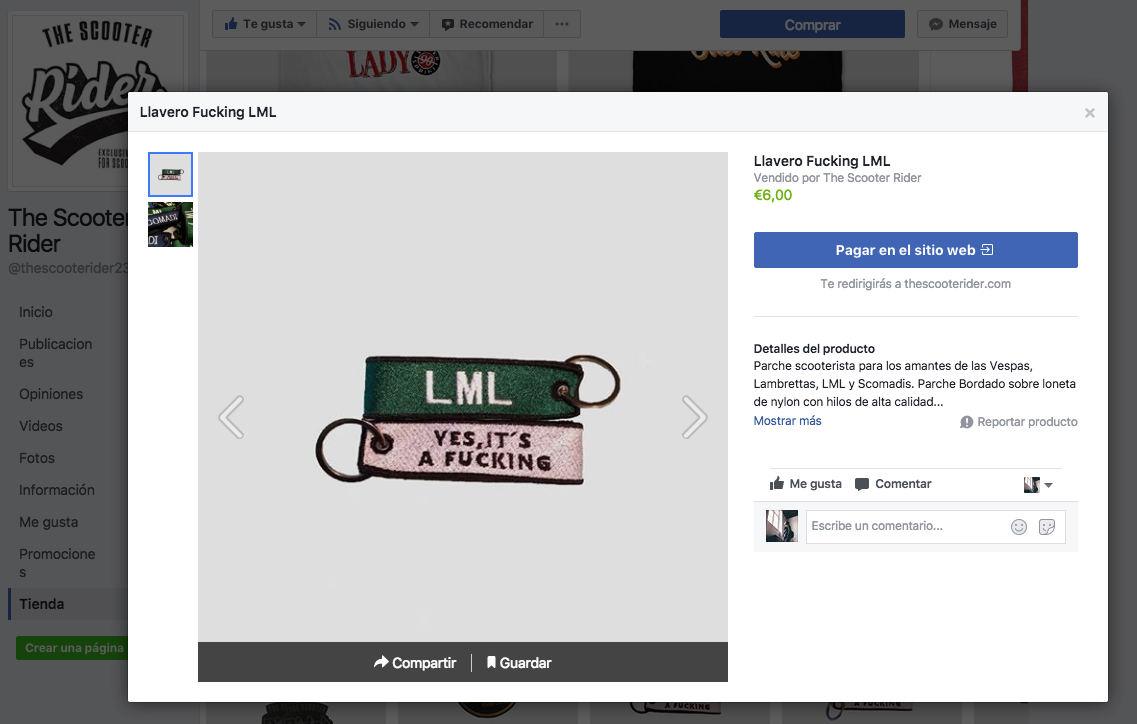Written by Fani Sánchez
Index
The fact that e-commerce is a scenario that is becoming more and more integrated into the daily lives of Spaniards is a reality. No one doubts it anymore. It is in such a process of maturation that it is already beginning to have ramifications such as the ones we are going to discuss in this article.
According to the VII Social Networks Study 2017, 53% of the surveyed sample claims to use social networks to search for products or services before making a purchase (mainly through Facebook) and 39% express their opinions about them in some social network.
Given this scenario, there is no doubt that social networks play an important role in the purchase decision and brands have wanted to bring their products closer to the user, diving fully into social commerce.
What is Social Commerce
Social Commerce, better known as Social Commerce, is an extension of e-commerce that integrates social platforms as another channel in the process of selling a product or service . Either in the information search and advice stage or in the direct sale.

Facebook is the main social network where potential customers go in search of opinions about their next purchase, and to a lesser extent, they also go to Youtube, Twitter, WhatsApp and Instagram. The search for information is not always active, but sometimes limited to asking for opinions.
Advantages of Social Commerce
This form of e-commerce with a social component has multiple advantages for both buyers and brands.
- Greater diffusion. Social networks have a much greater acceptance than traditional or current advertising. Social networks are your target audience, you just have to choose which ones to invest in to hit the bull’s eye.
- Lower costs. Although this statement has many nuances, social commerce usually has lower acquisition or maintenance costs than other sales and advertising techniques such as AdWords, or Social Ads for example.
- Engagement. Social channels are very effective in increasing user engagement with the brand.
- Greater confidence. 39% of the sample surveyed in the VII Social Media Study 2017 declares to trust brands that have social profiles more.
Twitter, Facebook, Pinterest… the number and variety of ways in which social networks are integrated to a greater or lesser extent with e-commerce is growing. The ways to do this come from exclusive platforms developed for direct purchasing such as winks and extra functionalities that allow users to learn more about a brand’s products and services or that direct them directly to the product file where they can purchase it.
Below we will present some features that have been incorporated by the different social networks and that you, as a brand, can take advantage of to get the most out of social commerce.
Reviews and ratings
Some social networks implemented measures aimed at sharing opinions about brands’ products and services. This way we can easily find out what experiences other users like us have had with the brands and that can help other potential customers to decide on their purchase or contract. They can be found in:
Facebook fan pages have the option to allow user reviews. Allowing them exposes you to receive bad impressions publicly, however, this should not be a stumbling block in our Social Media strategy but a challenge to overcome: they are complaints to work on and, if well managed and resolved, can further improve the image that users have of you. Some of the characteristics of these reviews:
- The opinion consists of a star rating and a written review. Rating is mandatory (you cannot write a review without rating), but you can rate without leaving a written opinion.
- The numerical rating is from one to five stars. The more stars, the better the rating.
- The privacy of the rating depends on the user who writes it. The latter can make it public (all users inside and outside Facebook would see it) or attach privacy filters to it at as many levels as any other post on Facebook.
- You can report reviews that do not follow Facebook’s policies (e.g. offensive etc.) to be removed, but in no case does the brand have control over which reviews are published and which are not.
Google Plus
Google Plus reviews predate Facebook reviews and both are very similar. The key differences of Google+ reviews compared to Facebook reviews are:
- You can only highlight a page that is associated with a location on Google Maps. For example, we could review the phone store next door but not the Vodafone brand page.
- Invariably they will always be public and not anonymous. Previously they could be done anonymously and we will see traces of these in the reviews of many locations.
- Therefore and derived from the above, to make a review you need a Google account.
- Reviews are displayed under certain Google searches, e.g., brand searches.
Facebook Shops
Facebook Commerce was born in its most rudimentary form several years ago. It has done so through customized applications and its new “Shop” functionality. We talked about them.
In mid-2016, the Facebook Store for Spain is coming to us. Currently, we can enjoy it practically without restrictions, except for the logical rules on the product or service to be sold (tobacco, drugs, weapons…).
Facebook Commerce marked a before and after in the way this social network related to the direct sale of products. Currently, any page can easily add its Facebook store. However, the possibility to buy directly through Facebook (finalizing the purchase through payment) is only possible in the United States. For the rest of the planet, Facebook allows the possibility to create product cards like the one below and buy it on the seller’s website, where it directs us from the call to action button.
The interesting thing about these products is that, since they are integrated into Facebook, you can publish them, giving them greater visibility.
Custom e-commerce applications for Facebook
Before Facebook Shops, there was the possibility of developing a custom application for Facebook that could be integrated into one of its many tabs. E-commerce platforms worked hard to develop one so that customers of their stores could also integrate with Facebook. Shopify, for example, integrated this functionality.
As you can see, the possibility of payment on the website is also not available in this way. The advantage of this application system over the store offered by Facebook is that the application usually allows you to import all the products in your store automatically while with the store, you must register them by hand, which can be a never-ending job if you have a medium or large product catalog.
In late October 2015, after more than a year of testing, Twitter launched the “Buy Now” or “Buy Now” button. As happens on many occasions, all that remained on the other side of the pond and did not cross the continent. It was a button that allowed the direct purchase of products on Twitter. This required your store to be prepared for it, with pioneering platforms such as Shopify and the like including it.
#AmazonCart: buy on Amazon from Twitter
Since 2014 through Twitter’s partnership with Amazon, Amazon.com users can add products they see linked from Twitter, simply by replying to that Tweet with the hashtag #AmazonCart. Of course, and again, this is an operation that does not work outside of Amazon.com (for example, it does not work for Amazon.es or Amazon.fr).
Rich pins from Pinterest
We already wrote an article explaining in more detail how rich pins could be used in online stores. By entering a certain code in the product cards of your online store, the pins of your product on Pinterest will be displayed with additional information about price, stock, etc. For example:

Some e-commerce platforms already have this code added automatically so you won’t have to do anything if you have a store on Etsy or Shopify.
You can’t look away
As you can see, Social Commerce is not so much a trend as a reality. There are many options for integrating your social networks with e-commerce and if you know how to make the most of them, you will provide potential customers with a way to get to know your products without having to invest too much in other advertising techniques.



